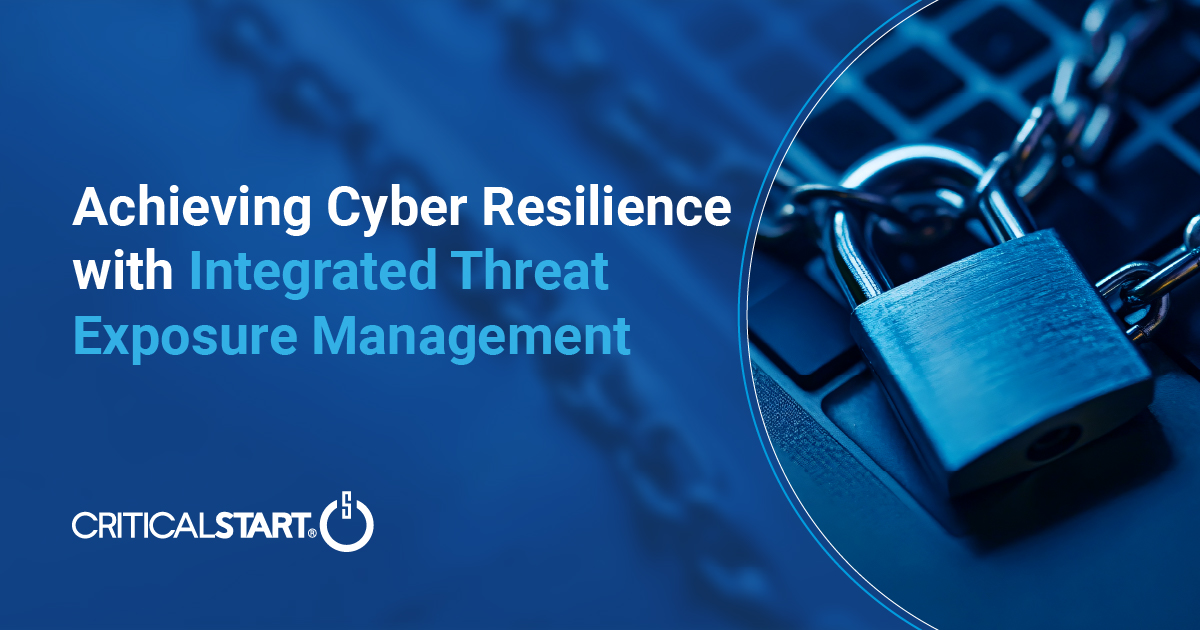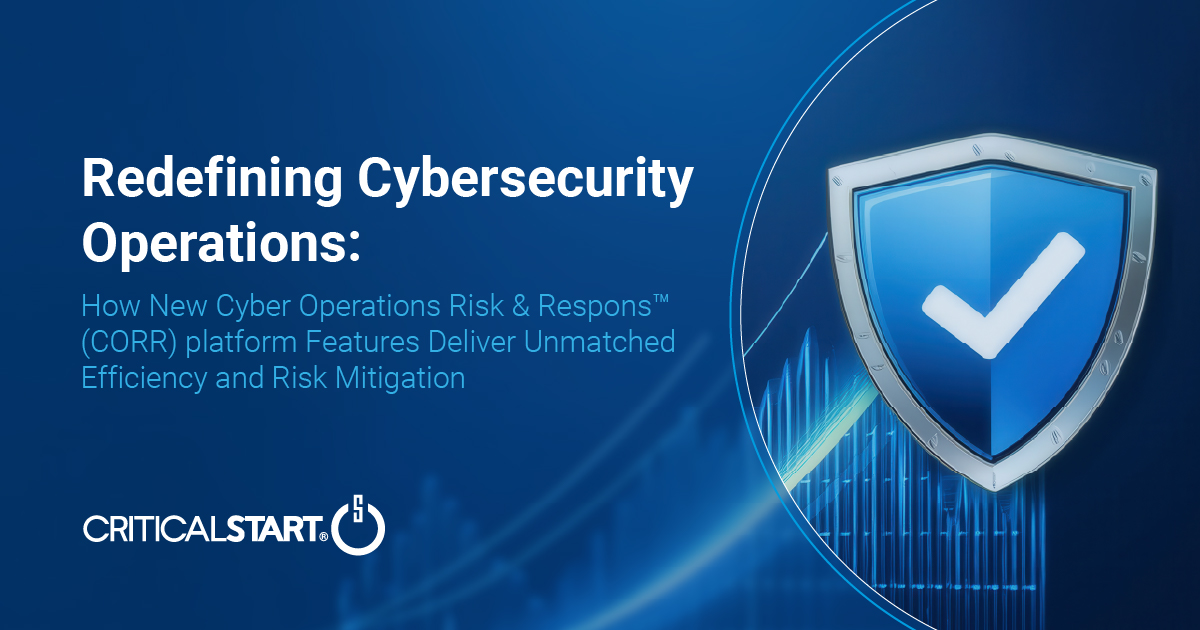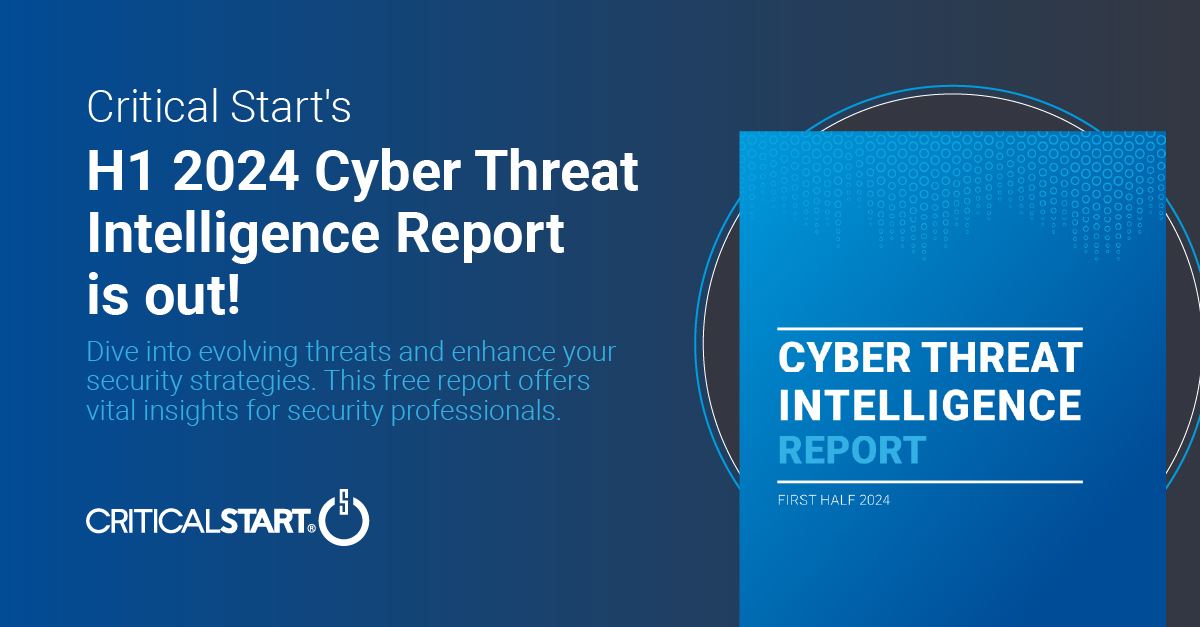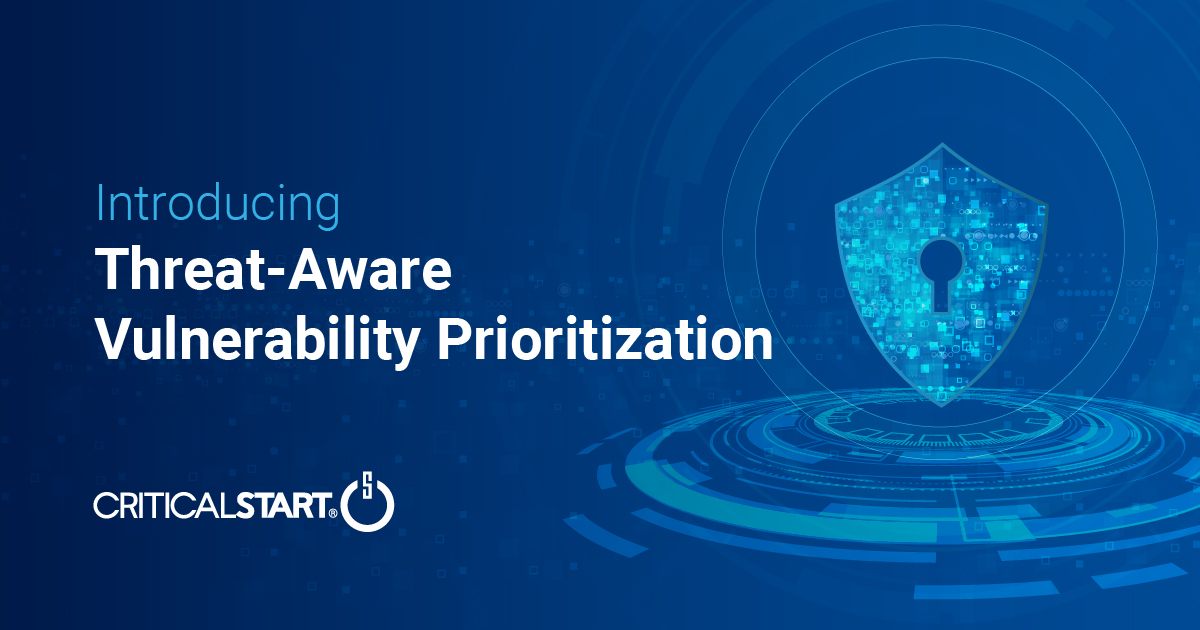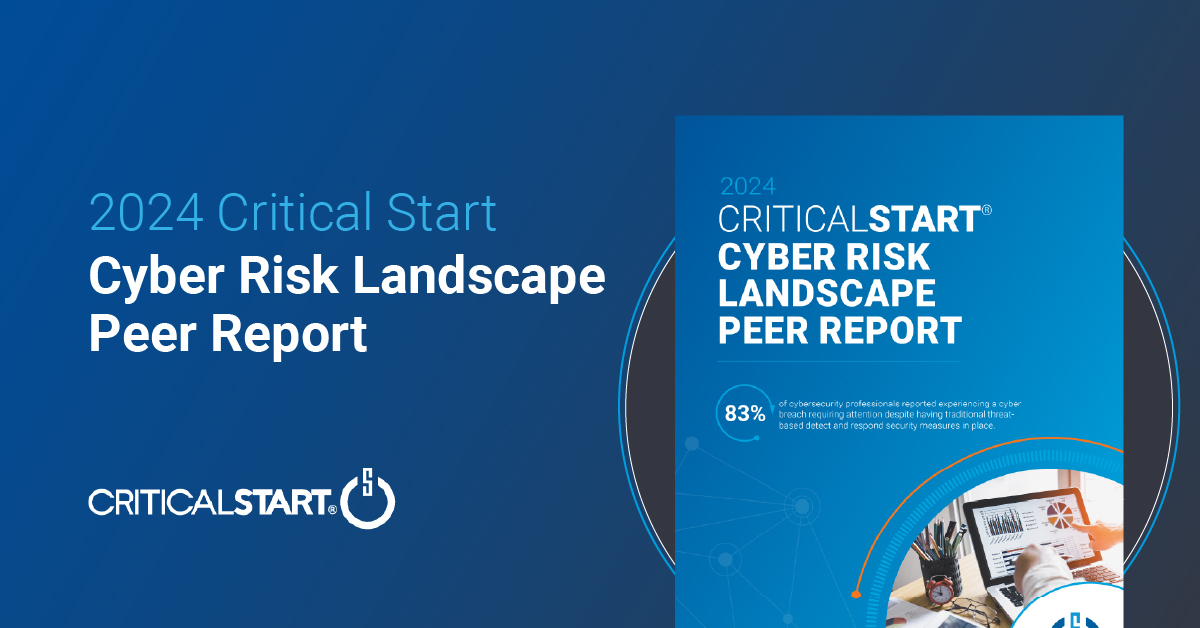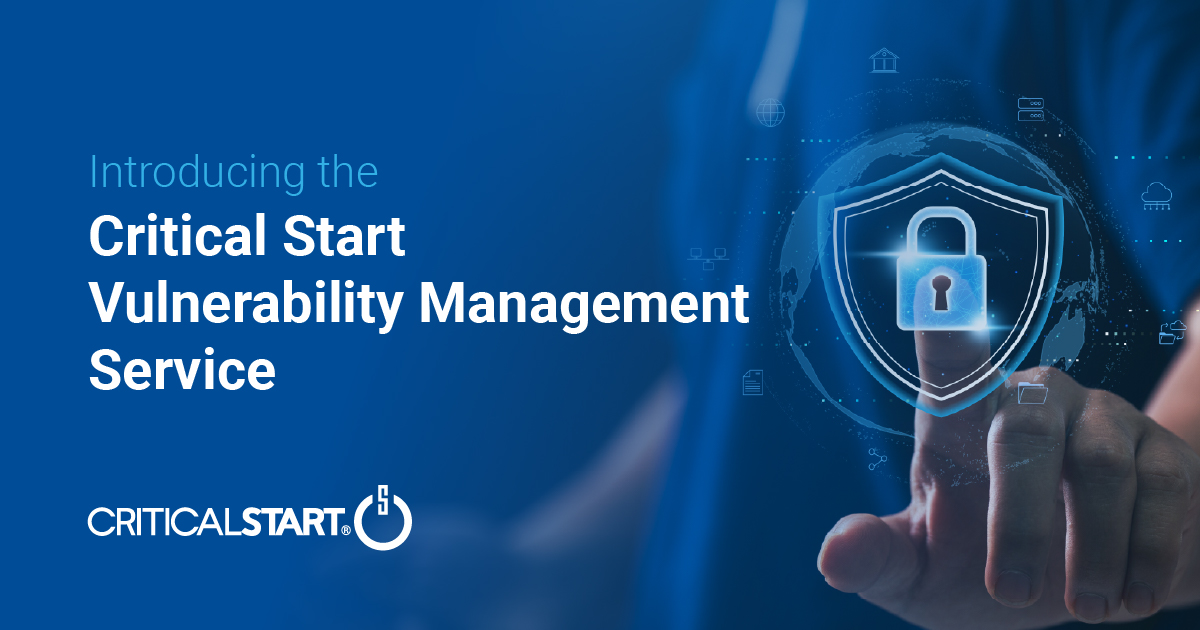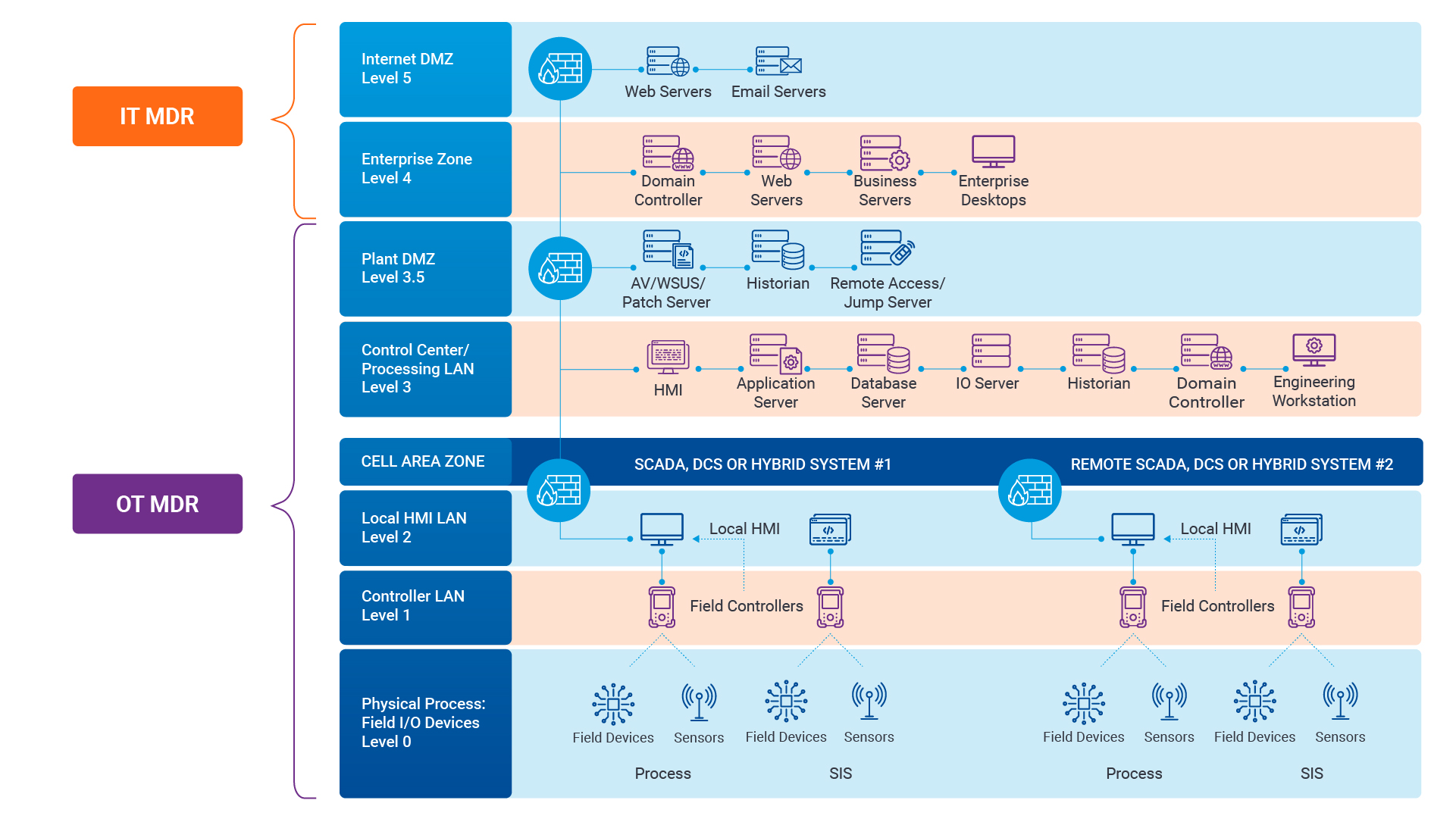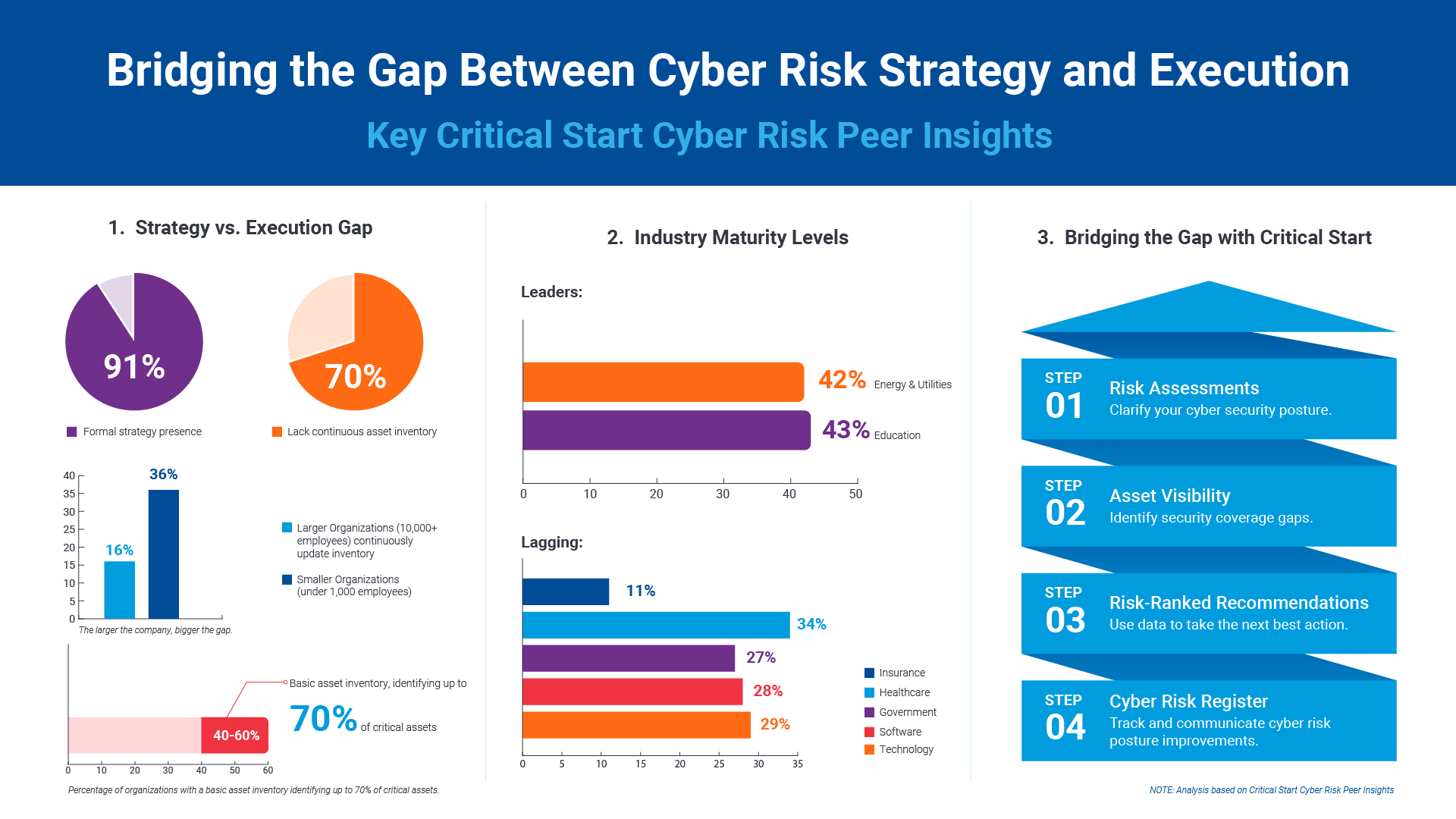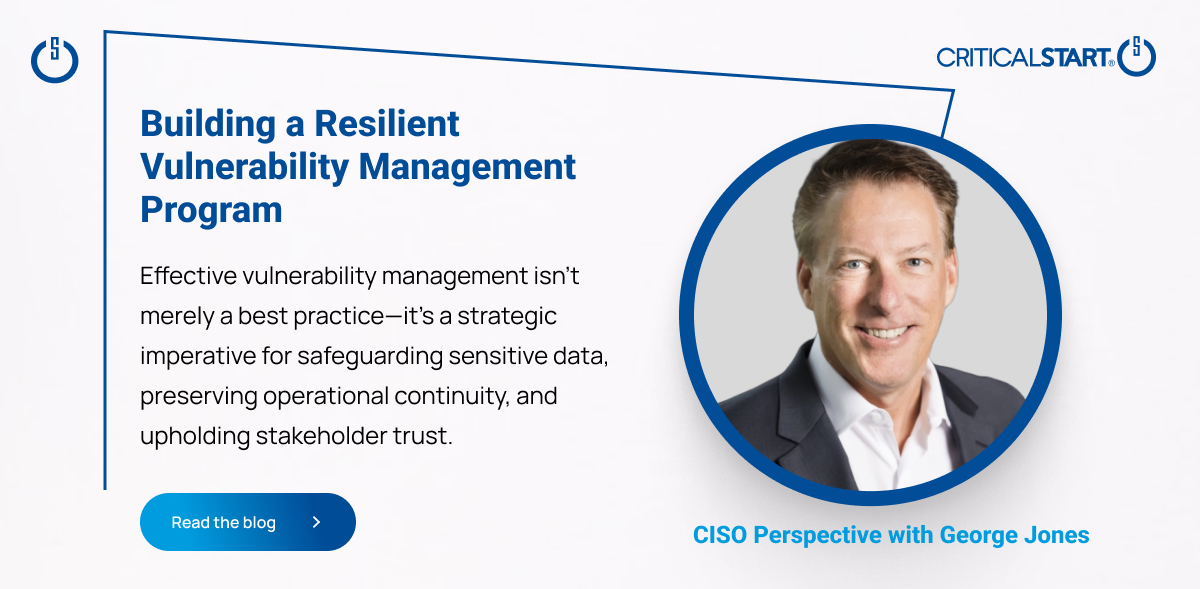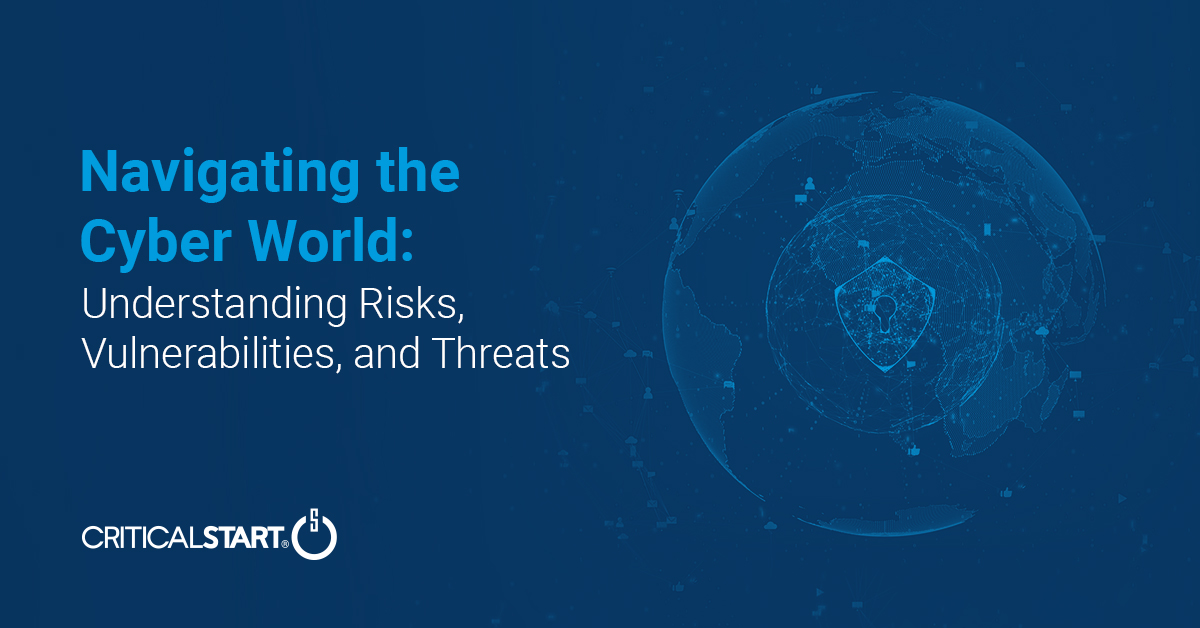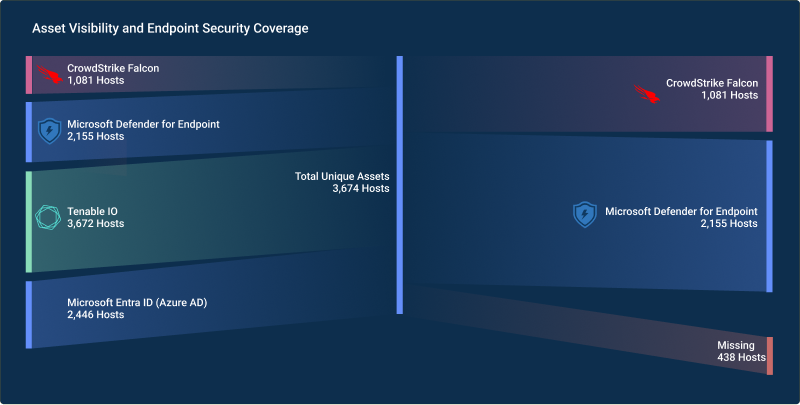Task and project management is a must-have skill in the technology industry, especially for tech leaders. Most are handling multiple projects and demands on their time, so it’s important to be able to prioritize and get everything done.
As some of the top professionals in the field, the members of Forbes Technology Council have spent years cultivating their project-management skills. Below, they share their go-to project-management strategies.
1. Let your team own the projects they’re passionate about.
One management strategy is to create an organization where people apply or sign up for the projects that they are passionate about. This requires that leaders end centralized management and disperse responsibility, creating a self-managing organization. Those who are passionate about a project manage it from beginning to end, often completing projects faster and with better results. – Sergei Anikin, Pipedrive
2. Set milestones and goals as a team.
A lot of tasks we end up focusing on are more related to activity than productivity. To make sure our focus is on productive tasks, the entire organization must be aligned on the organization’s goals and the tasks everyone must do to contribute to those goals. Once everyone understands their function, setting and focusing on milestones to accomplish larger tasks leads to better progress. – Randy Watkins, CRITICALSTART
3. Have a central communication tool.
The first and most important step is to define the goal of the project and clarify expectations. All modern project management comes down to managing expectations. The circulatory system of modern management is communication channels. The key communication tool is a task-management system combined with a knowledge base—something like Jira with Confluence. – Dennis Turpitka, Apriorit
4. Create an Eisenhower Matrix.
I look to Eisenhower for inspiration, and I utilize an Eisenhower Matrix daily. I make four boxes with “Urgency” on the x-axis and “Importance” on the y-axis. This allows me to bucket tasks into four categories: “Urgent/Important,” “Urgent/Not Important,” “Not Urgent/Important” and “Not Urgent/Not Important.” It’s a powerful way to figure out what needs to be done when. – Michael Zaic, Wild Sky Media
5. Hold regular standup meetings.
Quite a few principles fall under the agile project-management framework, but the one I find the most useful is having regular standups. In these meetings, team members go over what they’ve done and what they’re going to do, as well as if any roadblocks are in their way. This allows employees to go over every project they’re working on to give regular updates. – Kison Patel, DealRoom
6. Manage customer expectations.
Customers are notorious for adding to the scope or making changes to what they want. One of the best ways to deal with it is by managing the customer’s expectation of what they will get. This may mean that, as a manager, you will need to tell customers that their request is out of scope and requires a modification to the contract that may affect cost and/or timelines. – Michael Hoyt, Life Cycle Engineering, Inc.
7. Treat your days like sprints.
Time management is essential. I treat my days as sprints with specific time blocks for each activity. I leave two blocks in the afternoon to return to what I need to for additional review or followup. I set specific times for emails, phone calls, meetings, etc. And, importantly, I do not let them interfere with each other. – Wesley Crook, FP Complete
8. Monitor and address positive and negative risk.
Organizations with agile projects should realign their risk perceptions. Although negative risk must be carefully managed, teams should embrace positive risk to maximize business value. Risk matrices, risk burndown charts and risk-modified user story maps should be included on agile walls and must be adjusted to help teams identify, monitor and address both positive and negative risk. – Christopher Yang, Corporate Travel Management
9. Hire smarter people and nurture new leaders.
There is no greater joy as a leader than seeing those you have nurtured surpass you in talent and success. That is your lasting legacy. Hire people smarter than you and nurture their leadership abilities. There is the old adage of, “If you want to go fast, go alone, but if you want to go far, go together.” Develop a robust team of leaders and allow them to succeed. – José Morey, Liberty BioSecurity
10. Prioritize projects that move the needle.
Tech leaders are constantly juggling multiple projects and initiatives at once. But you need to select and prioritize projects that will make the biggest difference. Nonessential projects can actually result in productivity loss. Selecting the right projects is actually a skill that comes from an understanding of business strategy combined with a data-driven approach that will impact key performance indicators. – John Shin, RSI Security
11. Leverage managed services.
If you lead an engineering or development group and your tasks include maintaining toolsets, managed services can be a godsend. The same is true if you’re a systems or application administrator. Any service provider worth their weight can take things off your plate like admin and implementation, user training, troubleshooting, support issues, and the like. – John McDonald, ClearObject
12. Maintain a culture of accountability.
Even before specific task- or project-management skills come into play, it is important to maintain a culture of accountability. Start with yourself. Meet your own commitments and admit mistakes. Define your expectations. Ask for commitments. Be open to feedback. Coach people on how to be accountable and to hold others accountable, and understand what the consequences should be for poor performance. – Steve Pao, Hillwork, LLC
13. Lay out the details ahead of time.
Describe all the details and lay down all the plans even before the project is launched. This move is often underestimated, but it can really go a long way. Laying a solid foundation for projects will ensure that you are not going to need to manage them daily. If your team knows what to do, the process will be smooth and successful. – Daria Leshchenko, SupportYourApp Inc.
14. Stop micromanaging your team.
Let your team members take full ownership of their areas of responsibility. Keep them loaded at 70% to 80% to reduce stress levels and enable creative thinking. To ensure effective delivery, avoid any kind of micromanagement and tactics control. It’s ruinous for both sides. All in all, make sure your team always understands your “what” and can bring you their “how.” – Aleksandr Galkin, Competera
15. Limit distractions during your ‘focus time.’
Multitasking is a myth. To do deeper work, you need to limit distractions. To do that, you need cultural and individual practices that allow people to go offline for chunks of time and that respect that time so that folks feel comfortable turning off distractions and digging deep. This singular and serial focus allows you to “multitask” more because you are not constantly switching tasks. – Amith Nagarajan, rasa.io
16. Implement good status-reporting practices.
As a tech leader, I need to know the high-level details of the project (schedule, timeline, whether it’s on track, if anyone needs my help removing an obstacle, etc.). That way I stay updated, know when I need to get involved and can keep my schedule moving forward. We use the Entrepreneurial Operating System to keep our status reports and meetings on track. – Thomas Griffin, OptinMonster
![]()
Transform Vulnerability Management: How Critical Start & Qualys Reduce Cyber Risk
In a recent webinar co-hosted by Qualys and Critical Start, experts from both organizations discusse...![]()
H2 2024 Cyber Threat Intelligence Report: Key Takeaways for Security Leaders
In a recent Critical Start webinar, cyber threat intelligence experts shared key findings from the H...![]()
Bridging the Cybersecurity Skills Gap with Critical Start’s MDR Expertise
During a recent webinar hosted by CyberEdge, Steven Rosenthal, Director of Product Management at Cri...![]()
2024: The Cybersecurity Year in Review
A CISO’s Perspective on the Evolving Threat Landscape and Strategic Response Introduction 2024 has...![]()
Modern MDR That Adapts to Your Needs: Tailored, Flexible Security for Today’s Threats
Every organization faces unique challenges in today’s dynamic threat landscape. Whether you’re m...![]()
Achieving Cyber Resilience with Integrated Threat Exposure Management
Welcome to the third and final installment of our three-part series Driving Cyber Resilience with Hu...Why Remote Containment and Active Response Are Non-Negotiables in MDR
You Don’t Have to Settle for MDR That Sucks Welcome to the second installment of our three-part bl...![]()
Choosing the Right MDR Solution: The Key to Peace of Mind and Operational Continuity
Imagine this: an attacker breaches your network, and while traditional defenses scramble to catch up...![]()
Redefining Cybersecurity Operations: How New Cyber Operations Risk & Response™ (CORR) platform Features Deliver Unmatched Efficiency and Risk Mitigation
The latest Cyber Operations Risk & Response™ (CORR) platform release introduces groundbreaking...![]()
The Rising Importance of Human Expertise in Cybersecurity
Welcome to Part 1 of our three-part series, Driving Cyber Resilience with Human-Driven MDR: Insights...![]()
Achieving True Protection with Complete Signal Coverage
Cybersecurity professionals know all too well that visibility into potential threats is no longer a ...![]()
Beyond Traditional MDR: Why Modern Organizations Need Advanced Threat Detection
You Don’t Have to Settle for MDR That Sucks Frustrated with the conventional security measures pro...The Power of Human-Driven Cybersecurity: Why Automation Alone Isn’t Enough
Cyber threats are increasingly sophisticated, and bad actors are attacking organizations with greate...Importance of SOC Signal Assurance in MDR Solutions
In the dynamic and increasingly complex field of cybersecurity, ensuring the efficiency and effectiv...The Hidden Risks: Unmonitored Assets and Their Impact on MDR Effectiveness
In the realm of cybersecurity, the effectiveness of Managed Detection and Response (MDR) services hi...![]()
The Need for Symbiotic Cybersecurity Strategies | Part 2: Integrating Proactive Security Intelligence into MDR
In Part 1 of this series, The Need for Symbiotic Cybersecurity Strategies, we explored the critical ...Finding the Right Candidate for Digital Forensics and Incident Response: What to Ask and Why During an Interview
So, you’re looking to add a digital forensics and incident response (DFIR) expert to your team. Gr...![]()
The Need for Symbiotic Cybersecurity Strategies | Part I
Since the 1980s, Detect and Respond cybersecurity solutions have evolved in response to emerging cyb...![]()
Critical Start H1 2024 Cyber Threat Intelligence Report
Critical Start is thrilled to announce the release of the Critical Start H1 2024 Cyber Threat Intell...![]()
Now Available! Critical Start Vulnerability Prioritization – Your Answer to Preemptive Cyber Defense.
Organizations understand that effective vulnerability management is critical to reducing their cyber...![]()
Recruiter phishing leads to more_eggs infection
With additional investigative and analytical contributions by Kevin Olson, Principal Security Analys...![]()
2024 Critical Start Cyber Risk Landscape Peer Report Now Available
We are excited to announce the release of the 2024 Critical Start Cyber Risk Landscape Peer Report, ...Critical Start Managed XDR Webinar — Increase Threat Protection, Reduce Risk, and Optimize Operational Costs
Did you miss our recent webinar, Stop Drowning in Logs: How Tailored Log Management and Premier Thre...Pulling the Unified Audit Log
During a Business Email Compromise (BEC) investigation, one of the most valuable logs is the Unified...![]()
Set Your Organization Up for Risk Reduction with the Critical Start Vulnerability Management Service
With cyber threats and vulnerabilities constantly evolving, it’s essential that organizations take...![]()
Announcing the Latest Cyber Threat Intelligence Report: Unveiling the New FakeBat Variant
Critical Start announces the release of its latest Cyber Threat Intelligence Report, focusing on a f...Cyber Risk Registers, Risk Dashboards, and Risk Lifecycle Management for Improved Risk Reduction
Just one of the daunting tasks Chief Information Security Officers (CISOs) face is identifying, trac...![]()
Beyond SIEM: Elevate Your Threat Protection with a Seamless User Experience
Unraveling Cybersecurity Challenges In our recent webinar, Beyond SIEM: Elevating Threat Prote...![]()
Navigating the Convergence of IT and OT Security to Monitor and Prevent Cyberattacks in Industrial Environments
The blog Mitigating Industry 4.0 Cyber Risks discussed how the continual digitization of the manufac...![]()
Critical Start Cyber Risk Peer Insights – Strategy vs. Execution
Effective cyber risk management is more crucial than ever for organizations across all industries. C...![]() Press Release
Press ReleaseCritical Start Named a Major Player in IDC MarketScape for Emerging Managed Detection and Response Services 2024
Critical Start is proud to be recognized as a Major Player in the IDC MarketScape: Worldwide Emergin...Introducing Free Quick Start Cyber Risk Assessments with Peer Benchmark Data
We asked industry leaders to name some of their biggest struggles around cyber risk, and they answer...Efficient Incident Response: Extracting and Analyzing Veeam .vbk Files for Forensic Analysis
Introduction Incident response requires a forensic analysis of available evidence from hosts and oth...![]()
Mitigating Industry 4.0 Cyber Risks
As the manufacturing industry progresses through the stages of the Fourth Industrial Revolution, fro...![]()
CISO Perspective with George Jones: Building a Resilient Vulnerability Management Program
In the evolving landscape of cybersecurity, the significance of vulnerability management cannot be o...![]()
Navigating the Cyber World: Understanding Risks, Vulnerabilities, and Threats
Cyber risks, cyber threats, and cyber vulnerabilities are closely related concepts, but each plays a...The Next Evolution in Cybersecurity — Combining Proactive and Reactive Controls for Superior Risk Management
Evolve Your Cybersecurity Program to a balanced approach that prioritizes both Reactive and Proactiv...![]()
CISO Perspective with George Jones: The Top 10 Metrics for Evaluating Asset Visibility Programs
Organizations face a multitude of threats ranging from sophisticated cyberattacks to regulatory comp...![]()
5 Signs Your MDR Isn’t Working — and What to Do About It
Are you confident your MDR is actually reducing risk? If so, how confident? According to recent indu...![]() Datasheet
DatasheetSecurity Services for SIEM
Critical Start’s Security Services for SIEM combines Managed SIEM and MDR for SIEM to deliver ...![]()
Building a Future-Proof Security Stack with Flexible MDR
Technology evolves. Organizations grow. But is your cybersecurity strategy keeping up? Come on; be h...
Newsletter Signup
Stay up-to-date on the latest resources and news from CRITICALSTART.
Thanks for signing up!





